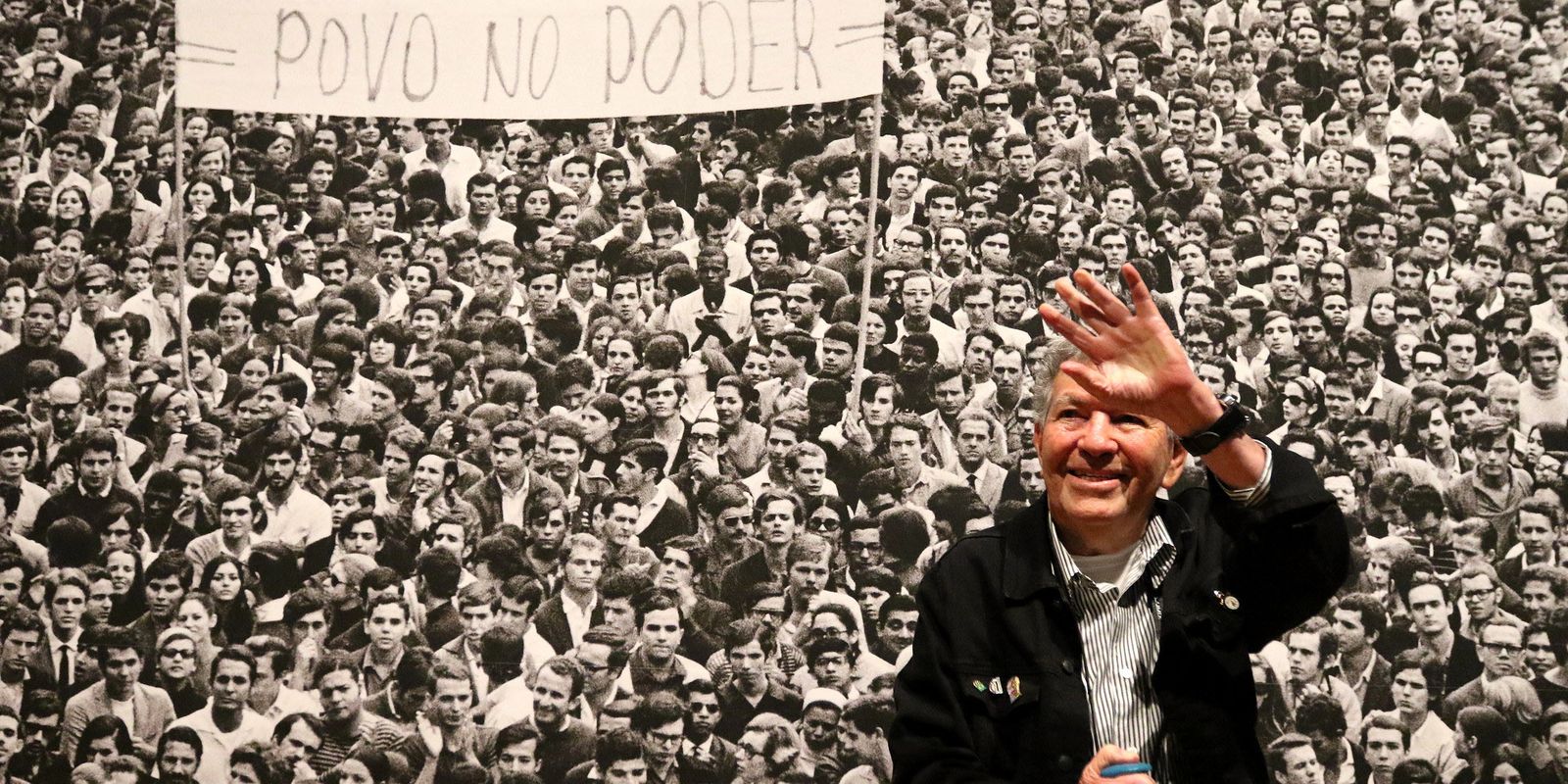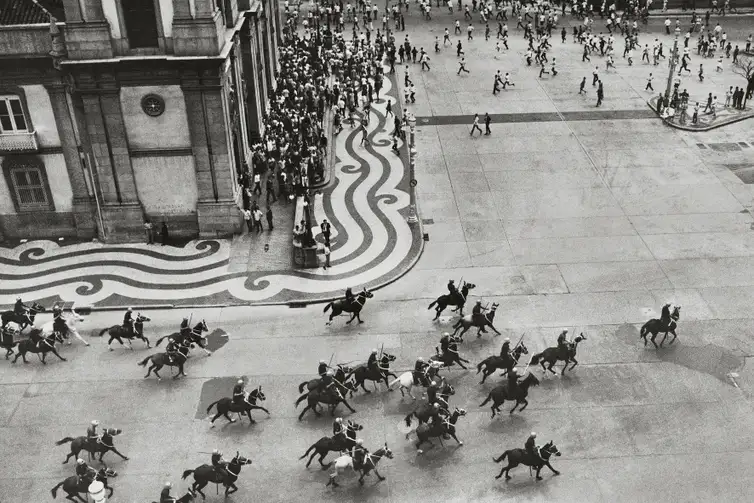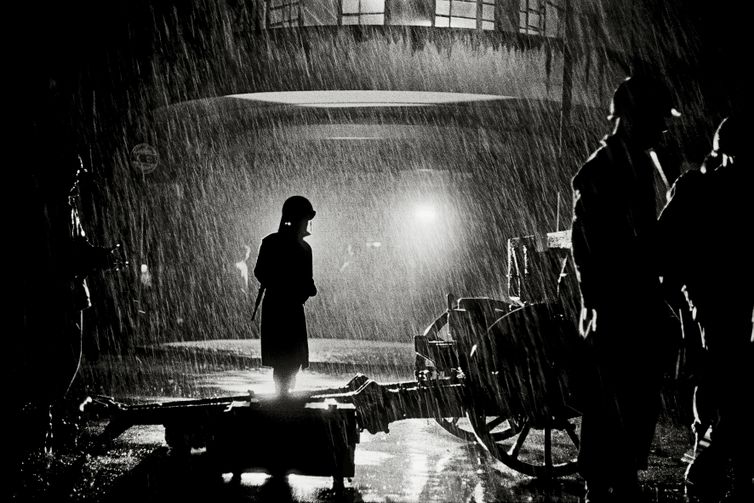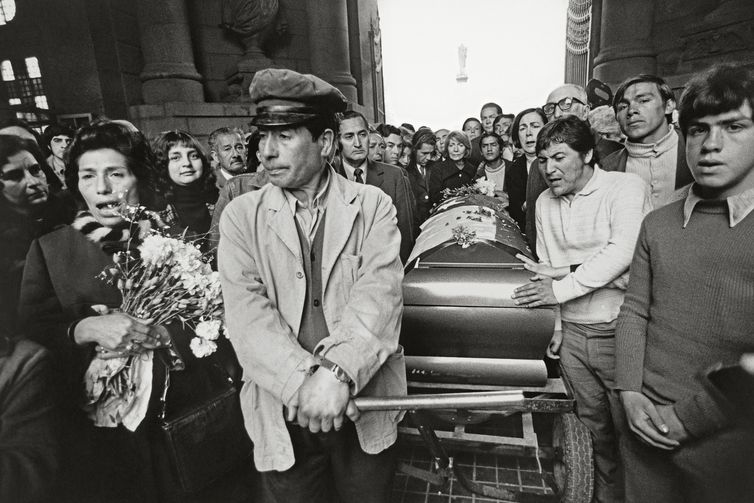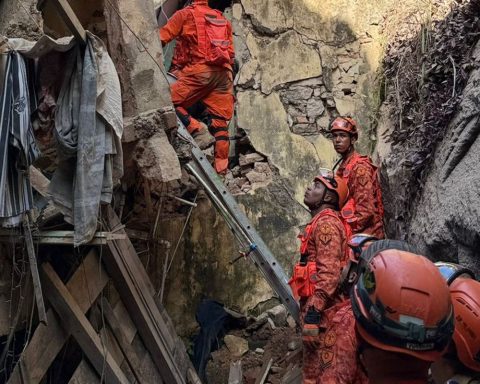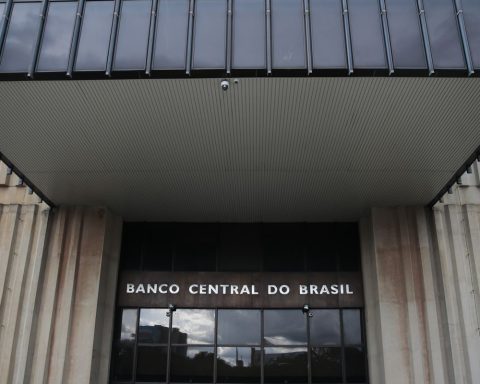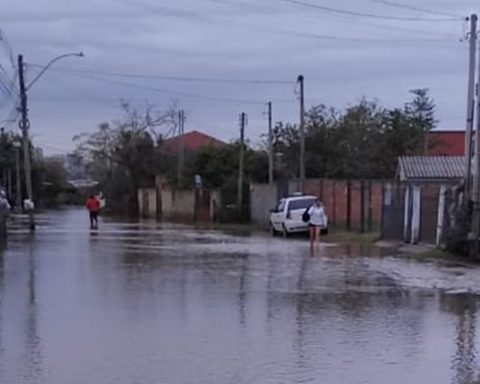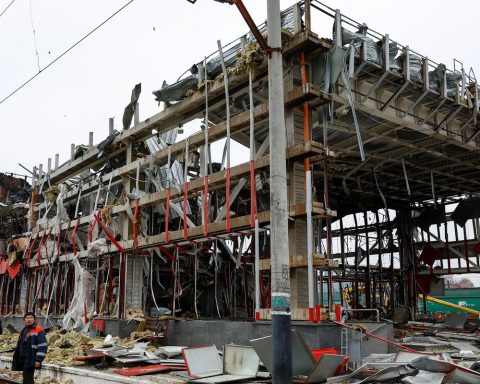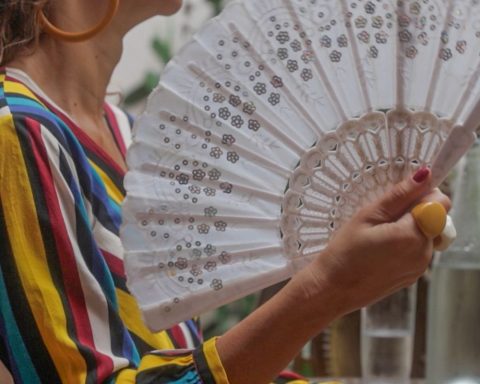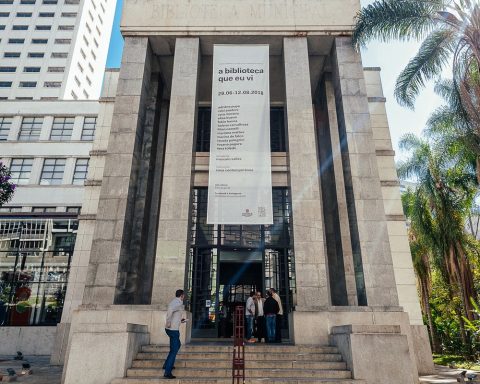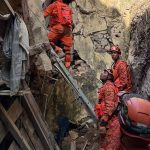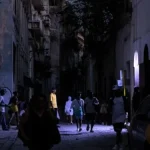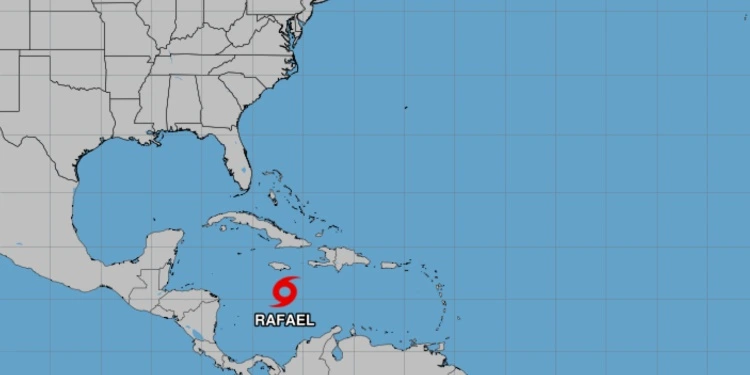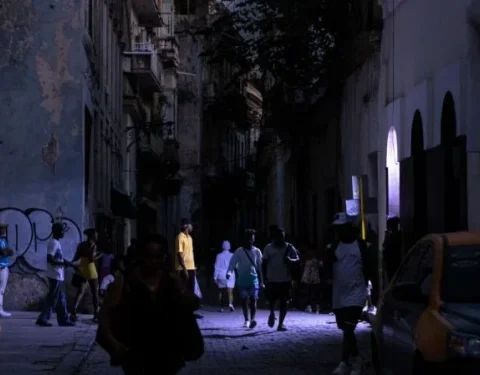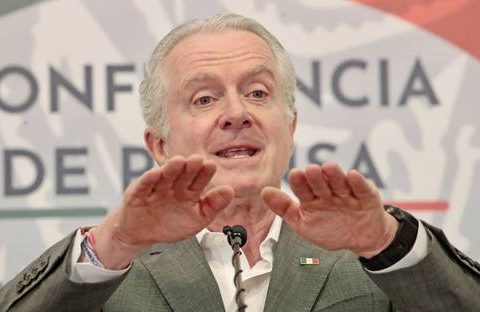Photographer Evandro Teixeira died this Monday (4), in Rio de Janeiro, at the age of 88, more than 70 of which were dedicated to photojournalism. Through his lens, historical events of the 20th century were recorded in Brazil and around the world. The black and white images produced by Evandro became documents, which help to access fragments of the past.
Evandro was admitted to Clínica São Vicente, Gávea, South Zone of the city. According to the institution, death occurred due to multiple organ failure, as a result of complications from pneumonia. He will be veiled in the City Council this Tuesday (05), from 9am to 12pm.
The photographer was born in the municipality of Irajuba, Bahia, in 1935. He began his journalistic career in 1958 at the newspaper O Diário de Notícias, in Salvador. Afterwards, he transferred to Diário da Noite, part of the Diários Associados group, owned by Assis Chateaubriand, in Rio de Janeiro.
In 1963, he was hired by Jornal do Brasil, where he would achieve his greatest prominence as a photojournalist. He spent almost 47 years at the company, which he left in 2010, when JB stopped circulating in print and only had a digital edition. He also became the author of the books: Fotojournalismo (1983); Canudos 100 years (1997); and 68 destinations: March of 100,000 (2008).
Hardly anyone has ever come across a photo of Evandro when researching important events in history. He recorded moments such as the 1962 World Cup, the repression of the student movement in 1968, the military coup in Brazil and Chile and the Jonestown massacre in 1978.
His is the image of the capture of Copacabana Fort, on April 1, 1964, which shows the silhouettes of soldiers in the midst of torrential rain. Symbol of the difficult years that the country would go through under authoritarian governments. And the even better-known photograph of a student falling to the ground, while two police officers prepare to attack him, in the midst of demonstrations against the dictatorship on June 21, 1968.
Evandro’s works are part of the collections of institutions such as the São Paulo Museum of Art (Masp), the Museum of Modern Art of Rio de Janeiro (MAM-RJ) and the Moreira Salles Institute, in Rio de Janeiro.
International coverage
Last year, the Banco do Brasil Cultural Center, in Rio de Janeiro, displayed an exhibition with 160 images of the photographer. The highlight was the international coverage of the military coup in Chile, which was celebrating its 50th anniversary. Evandro managed to enter the capital Santiago on September 21, 1973, ten days after the coup led by General Augusto Pinochet, which ended the democratic government of socialist Salvador Allende.
Even with all the surveillance, Evandro recorded images that attest to the violation of human rights in the country. At the National Stadium, he evaded the soldiers’ surveillance and photographed the basement where students were violently imprisoned. The image was quickly developed in an improvised laboratory in the hotel bathroom and transmitted to Brazil via a telephoto device.
At another time, he managed to be the first to record the death of Pablo Neruda. The photographer entered the hospital where the poet’s body was located through a side door, without being noticed by security guards. He found Neruda being watched over on a stretcher in the corridor by the widow Matilde Urrutia. Afterwards, with the family’s permission, he followed every step of the wake at the couple’s residence and the burial at the Santiago General Cemetery.
But it was an event, in theory simpler than the previous ones, that led Evandro to spend a night in prison. And that attests not only to the photographer’s technical qualities, but his keen eye for social inequalities.
“There was a lack of beef for the population, who only ate chicken and pork. I was walking through the city and passed in front of the Ministry of Defense. I saw a butcher’s cart stop and a citizen enter with an entire ox on his back for the barracks staff. I thought it was a joke and took the photo”, reported Evandro at the time.
Note of regret
President Luiz Inácio Lula da Silva today released a note of condolence over the death of Evandro Teixeira, whom Lula considers a reference in photojournalism in Brazil and the world.
“Evandro leaves a collection of more than 150 thousand photos, with images that are part of the history of Brazil. He covered presidential inaugurations, recorded hunger, poverty, sports, personalities and the culture of our country. My condolences to Evandro Teixeira’s family, friends, colleagues and admirers”, said Lula, remembering the photographer’s more than 70-year career and the emblematic photo of the Copacabana Fort taken in 1964.
